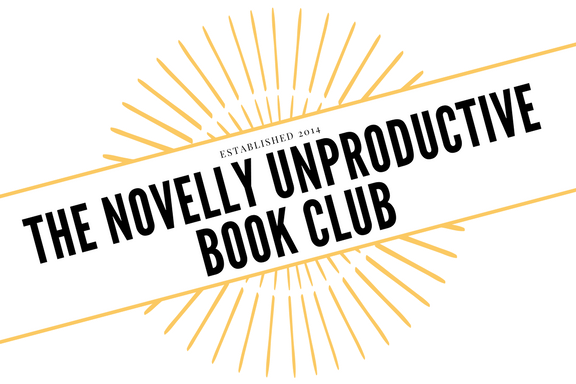"A woman receives an unexpected call from a former classmate asking for help deciphering a puzzling interaction, and from there, Smith spins out a broader story about loneliness, refuge and freedom.” —The New York Times Book Review “Lyrical and timely…Smith’s novel will push readers to consider what it means to let people into your life, even when you don’t want to.” —TIME A story is never an answer. A story is always a question. A day spent locked in a room by border officials without any explanation as to why. A riddle that seemingly has no answer: curlew or curfew, you choose. A phone call from a college friend who hasn't been in touch in years. And all of it is somehow inextricably linked to the life of a young blacksmith hounded from her trade and branded a vagrant nearly 500 years ago. Award-winning author Ali Smith shines a guiding light through the nightmarish now with a provocative novel that intertwines our atomized present and the uncannily parallel era of the Black Plague. In the hope that our medieval past may unlock the answers we seek to understand our hazy future, Companion Piece is a kaleidoscope of human history and experience, and a stunning addition to Smith's gorgeous canon.

This is certainly a lesser work by Ali Smith, a writer for whom we at NUBClub have a lot of love. In Companion Piece, Smith examines two stories at the same time -- an artist (Sandy) dealing with an ailing father and the displaced family of a brief acquaintance from college during COVID and a young woman apprenticed as a blacksmith hundreds of years earlier. The work is clearly an impressionistic meditation on the social controls and bizarreness of times of plagues and how women are treated in these times. While one of us didn't connect with the writing at all (and thus hated the book), most of us thought the descriptions of COVID induced isolation and fear were strikingly rendered, and Smith masterfully ruminates on a few complex images that represent the ambiguity of the times -- a lock that's shaped to look natural, a dense poem with multiple meanings, the slippage between the words curlew and curfew and the deconstruction of their meanings. The issue is that while both stories are clearly connected thematically, Smith kind of waves her hands over the connections between the two characters in terms of plot. There is a moment where the stories collide that isn't really explained and doesn't make sense. It seems clear that Smith is not really that interested in making the story tie to together logically. That was the crux of the disagreement about the book. For some of us, the fact that Smith would create a time-travelling scene and then not give an explanation was a blow to consistency that shattered the story; for others, we recognized that Smith wasn't trying to tell a plot-focused story and could ignore the unexplained elements. Interesting, the majority of us had the same opinion about everything else, liking the style and the scenes, disliking the vagueness of the world laws and plot. Opinions differed based on how much the story consistency mattered to your evaluation of the whole. In short, your mileage is going to vary here based on how much tightness of explanations matters to you. Regardless, if you like Smith's writing, this is a good, not great, addition to her canon.
